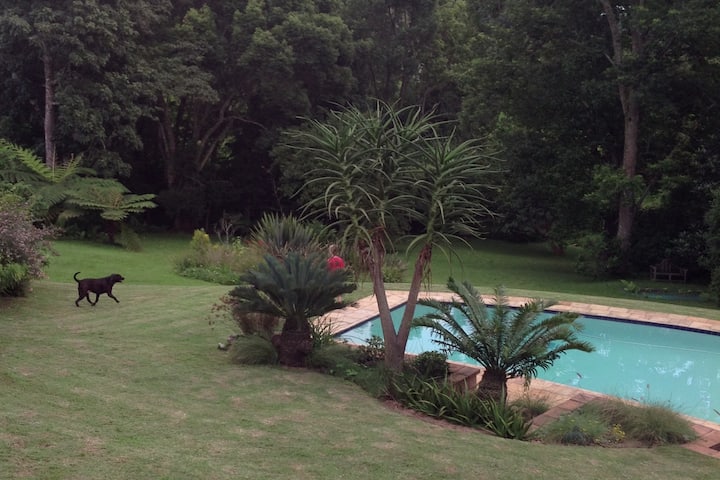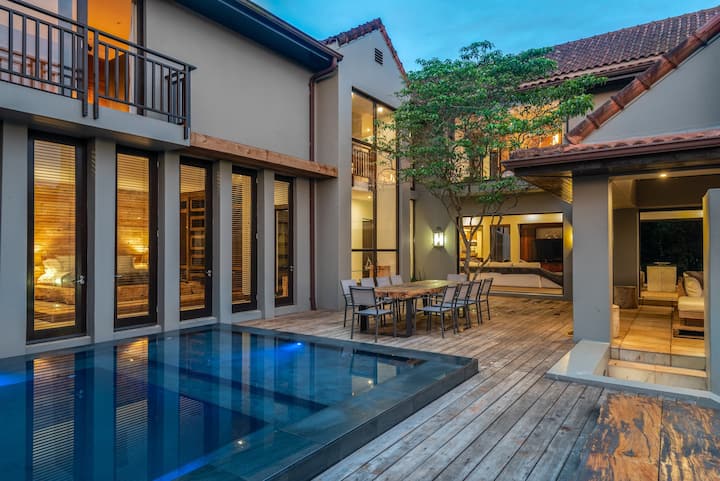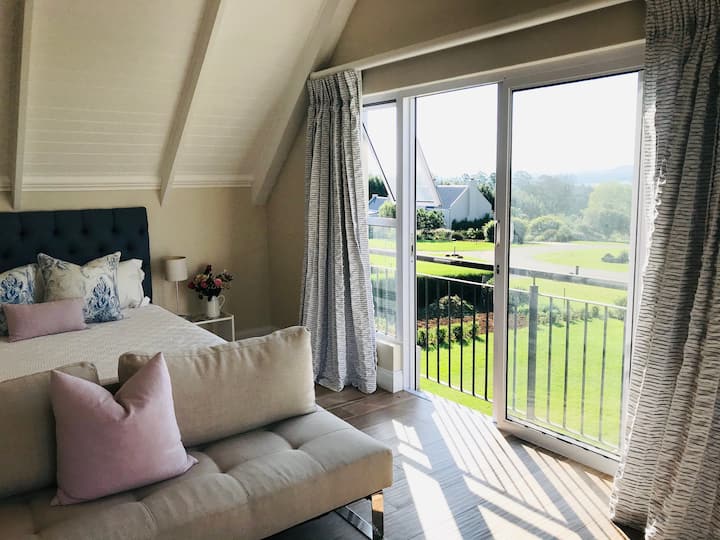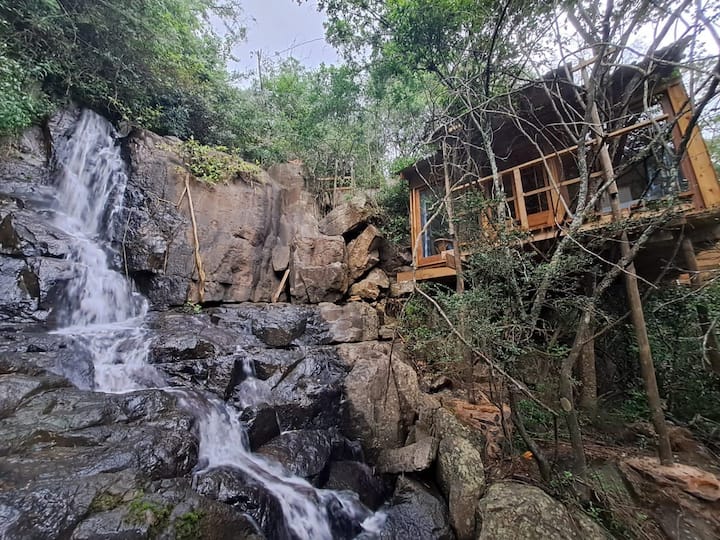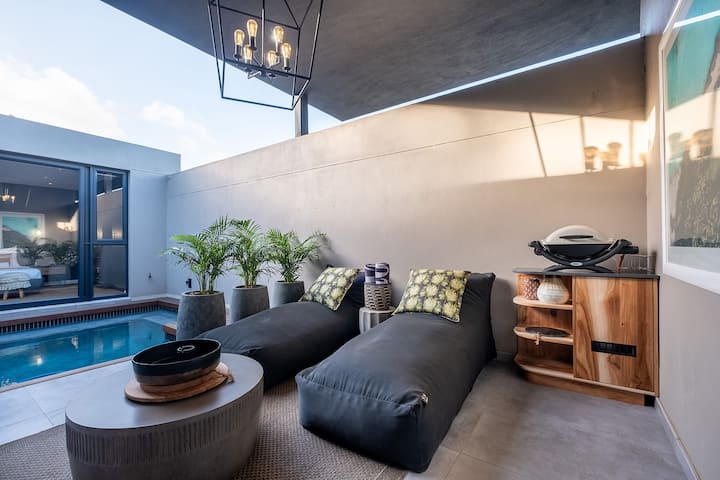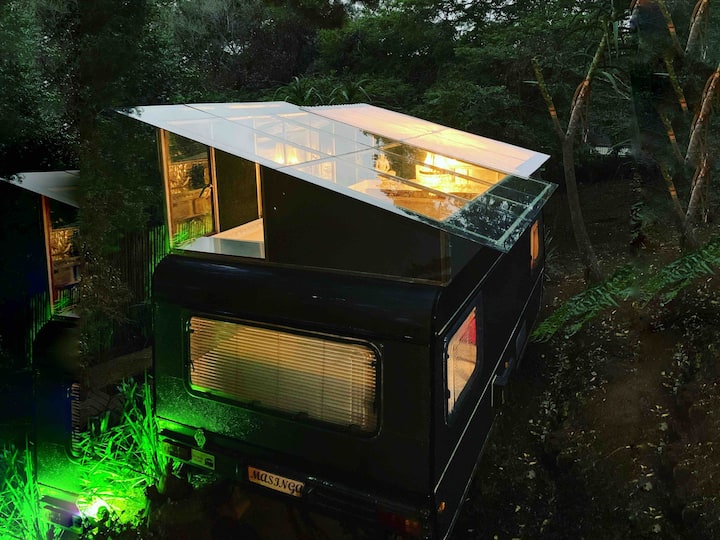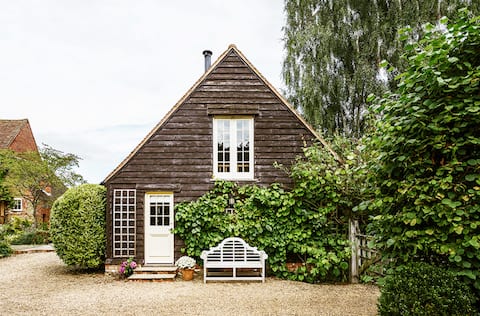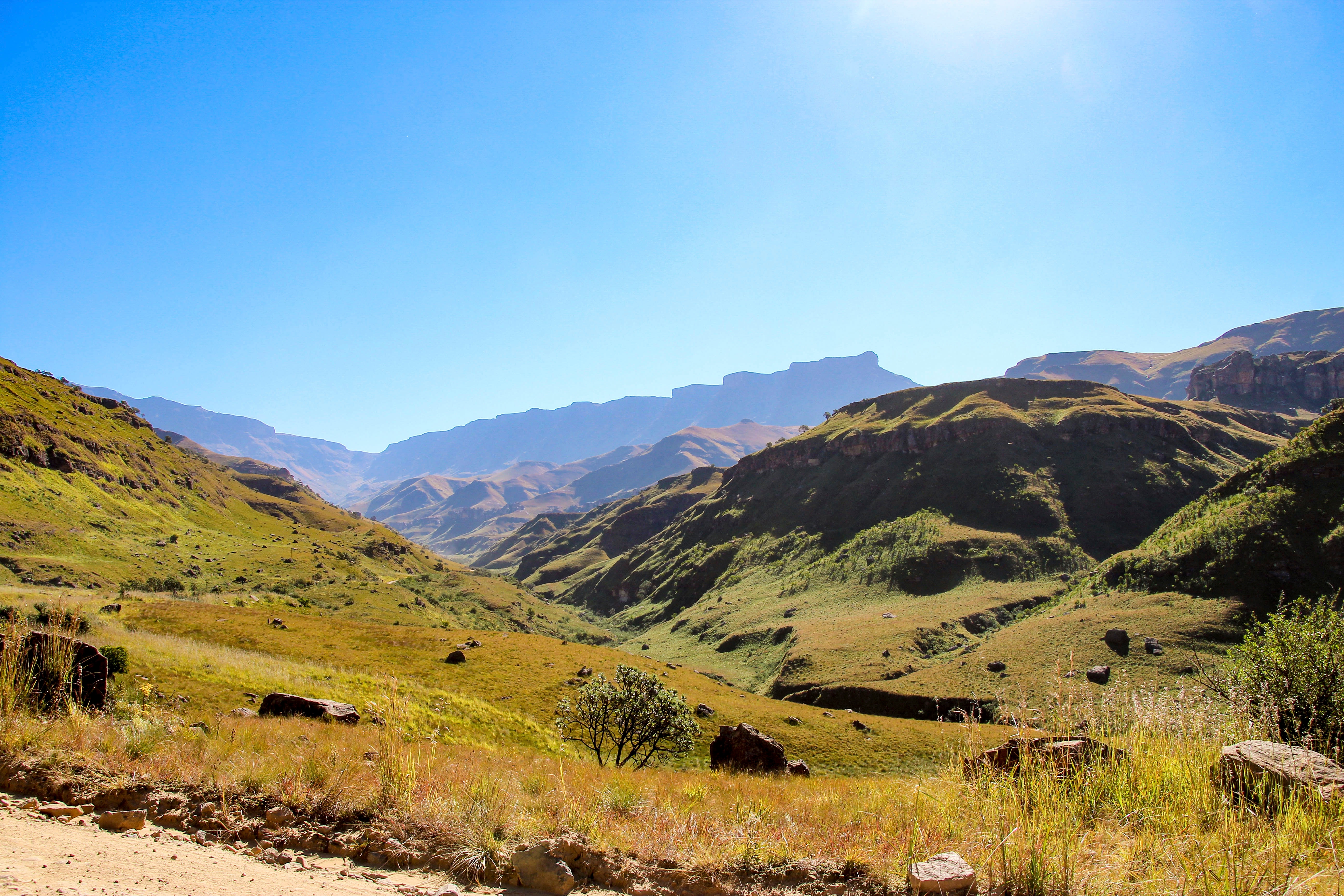
Vacation rentals in Mpumalanga
Find and book unique accommodations on Airbnb
Top-rated vacation rentals in Mpumalanga
Guests agree: these stays are highly rated for location, cleanliness, and more.
Vacation rentals for every style
Get the amount of space that is right for you
Popular amenities for Mpumalanga vacation rentals
Other great vacation rentals in Mpumalanga

Home in Gillitts
4.94 out of 5 average rating, 54 reviewsTaylord Tranquility - A place to unwind
Nov 19 – 26
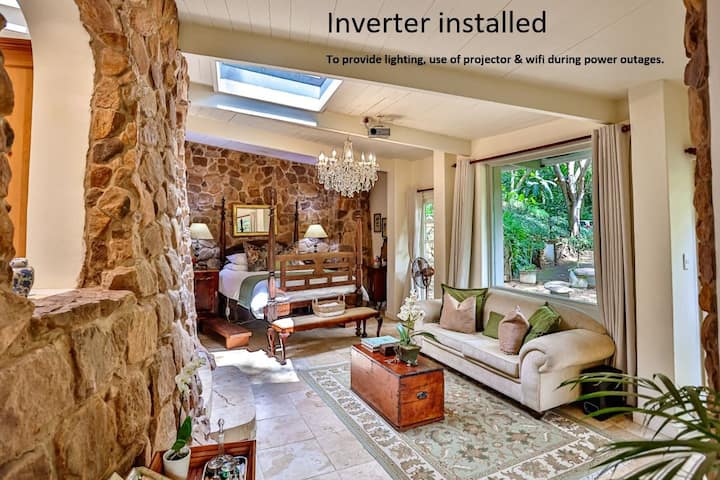
Cottage in Kloof
5.0 out of 5 average rating, 18 reviewsMacLeod House Guest Cottage-Nature lovers' getaway
Dec 9 – 16

Home in Waterfall
5.0 out of 5 average rating, 67 reviewsAlegria Barn Self-catering house
Aug 6 – 13

Home in Gillitts
4.86 out of 5 average rating, 73 reviewsHome in Winston Park!
Oct 28 – Nov 4
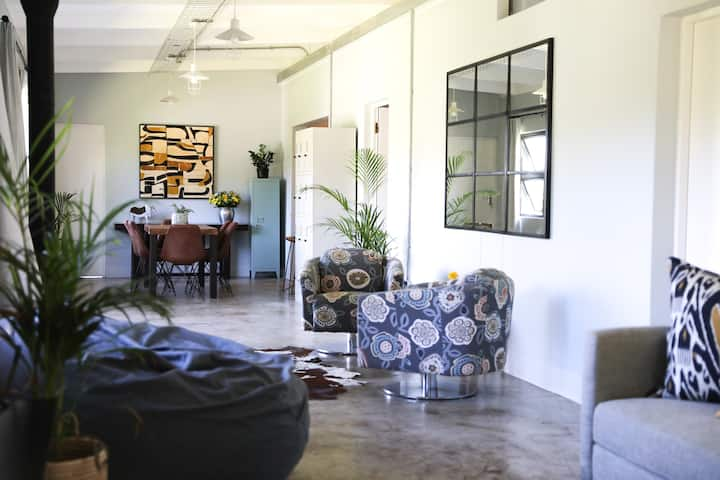
Condo in Outer West Durban
4.96 out of 5 average rating, 51 reviewsNguni Place - a self-catering, modern apartment.
Feb 14 – 21
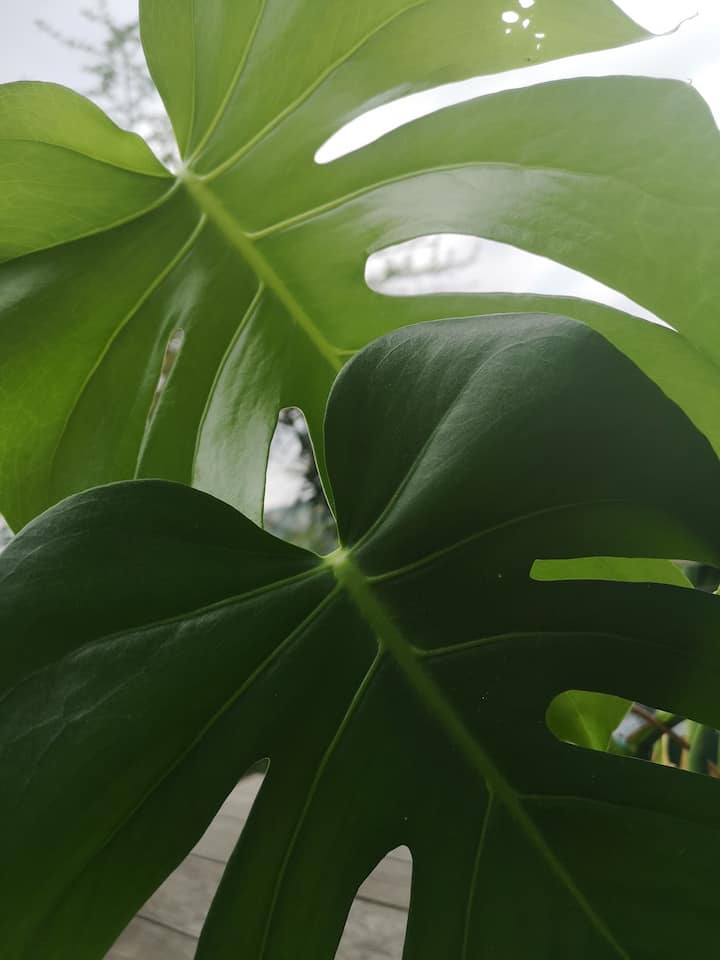
Apartment in Outer West Durban
4.96 out of 5 average rating, 57 reviewsLittle Delicious Monster (off grid), Drummond KZN
Jul 28 – Aug 4
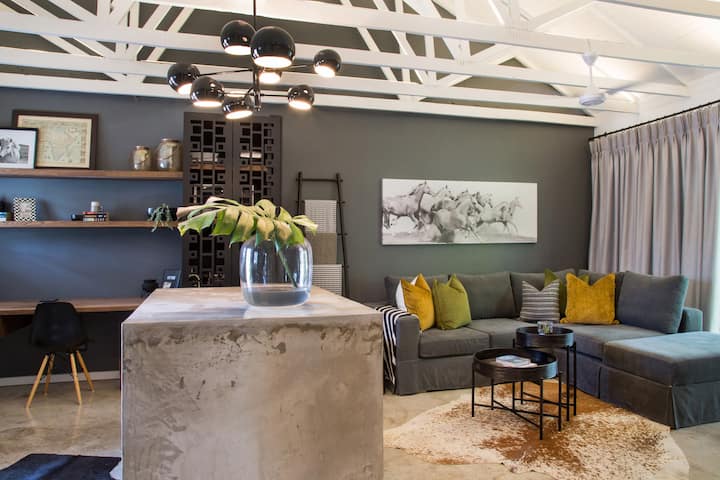
Apartment in Outer West Durban
4.89 out of 5 average rating, 54 reviewsStudio Polo Pony
Oct 3 – 10
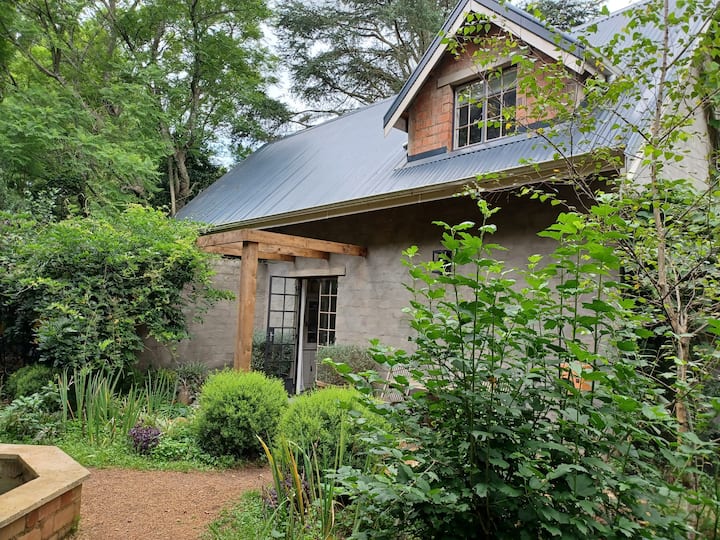
Cottage in Merrivale
5.0 out of 5 average rating, 43 reviewsLittle Fields -Self-Cater Loft Cottage w/Fireplace
Your guide to Mpumalanga
All About Mpumalanga
The South African province of Mpumalanga is the second smallest province in the country, but within its borders you’ll find distinctive geographical features, incredible wildlife, thriving cities, and traditional villages. The province is split between high altitude grassland, called the highveld, and low altitude savannah, referred to as the lowveld. Mpumalanga’s diverse landscape and nature parks and reserves draw outdoor enthusiasts from all over the world. Mpumalanga’s capital city, Mbombela, in the lowveld, is the perfect homebase for you to explore this province, as it offers easy access to all the region’s natural attractions, as well as botanical gardens, museums, art galleries, and fantastic eateries serving up traditional South African and international fare.
To cover as much of the province as possible, you may want to take a drive along the Panorama Route. This scenic road, which takes one to three days to explore, traverses through the Blyde River Canyon, where you’ll pass culture landmarks like the Lydenburg Museum, home to the Lydenburg Heads — terracotta sculptures of heads created around the year 500 AD — and the Sudwala Caves, the oldest caves in the world.
The best time to stay in a vacation rental in Mpumalanga
Situated in the southern hemisphere, Mpumalanga’s winters run from April to August, while summers are from October to February. Since this province is home to two different landscapes, the weather does differ depending on where in Mpumalanga you choose to stay. If you intend to explore both the Highveld and the Lowveld regions of the province in one trip, be prepared for temperature variations.
During the winter months it can get quite chilly at night, though the days remain mild, so be sure to bring a jacket if you might be caught outside after dark. Winter is one of the best times for spotting animals because the lower levels of vegetation draw them out into the open as they search for food. Spring brings warmer weather, though the heat never reaches sweltering levels, even in peak summer. During the warmer months, you may hear the calls of unique migratory birds that come to Mpumalanga from all around the world. Once fall arrives, the weather tends to stay warm, but the summer temperature spikes drop off, allowing for the autumn foliage to revive and return the area to its golden colors.
Top things to do in Mpumalanga
Blyde River Canyon
Spanning 31 miles, the Blyde River Canyon is one of the largest canyons in the world, though it differs from those such as the Grand Canyon because it is covered in subtropical vegetation. There are hiking paths that crisscross the canyon, and you can go kayaking or whitewater rafting on Blyde River. The canyon is part of a 71,000-acre nature reserve that is also home to geological features including Bourke’s Luck Potholes, the Three Rondavels, God’s Window, and Pinnacle Rock.
Lisbon Falls
At just over 300 feet tall, Lisbon Falls is the highest waterfall in the area, and more adventurous visitors are able to hike all the way to the base of the waterfall before taking a refreshing dip in the pool at the bottom. Additionally, there are several magnificent waterfalls that adorn the cliffs and gorges of Mpumalanga, some of which are in the middle of indigenous forests. Their constant mist provides some much-needed coolness when hiking through the area.
Pilgrim’s Rest
Pilgrim’s Rest is a museum town filled with relics of 1800s Victorian architecture, offering the opportunity to witness the stronghold gold mining once had in this area. The town attracted gold prospectors from 1873 until the 1880s, and many buildings from that initial rush remain, such as the Printing Museum and the Anglican Church. Check out one of the historic homes, such as the Alanglade House Museum, for a closer view into this history.
Destinations to explore
- Durban Vacation rentals
- uMhlanga Vacation rentals
- Durban North Vacation rentals
- Dolphin Coast Vacation rentals
- Pietermaritzburg Vacation rentals
- Margate Vacation rentals
- Southbroom Vacation rentals
- Nottingham Road Vacation rentals
- Amanzimtoti Vacation rentals
- Hillcrest Vacation rentals
- Port Edward Vacation rentals
- Johannesburg Vacation rentals
- Yurt Rentals United States
- Yurt Rentals United Kingdom
- Castle Rentals United States
- Houseboats United States
- Holiday Caravans United Kingdom
- Private Island Rentals United States
- Farm Houses United States
- Farm Cottages United Kingdom
- Cabin Rentals Australia
- Luxury Cabins United Kingdom
- Luxury Cabins United States
- Holiday Chalets United Kingdom
- Cottage Rentals United States
- Holiday Cottages United Kingdom
- Mansion Rentals United States
- Villa Rentals United Kingdom
- Holiday Bungalows United Kingdom
- Bungalow Rentals United States
- Condo Rentals United States
- Holiday Apartments Australia
- Holiday Houses United States
- Holiday Houses United Kingdom
- Private Holiday Rentals United Kingdom
- Big House Rentals United States
- Big Cottages Australia
- Large Villas United Kingdom
- House Rentals with a Pool United States
- Cabin Rentals with a Pool United States
- Villas with a Pool United Kingdom
- Apartments with a Hot Tub United States
- Holiday Cottages with a Hot Tub United Kingdom
- Beach Cabins United States
- Beach Condos United States
- Beachfront Rentals United States
- Beach Houses United Kingdom
- Beach Villas United Kingdom
- Coastal Cottages United Kingdom
- Pet-Friendly Vacation Rentals United States
- Pet-Friendly Beach Rentals United States
- Pet-Friendly Cabin Rentals United States
- Dog-Friendly Cottages United Kingdom
- Luxury Dog-Friendly Cottages United Kingdom
- Family travel hub Tips and inspiration
- Family budget travel Get there for less
- Vacation ideas for any budget Make it special without making it spendy
- Travel Europe on a budget How to take the kids to Europe for less
- Outdoor adventure Explore nature with the family
- Bucket list national parks Must-see parks for family travel
- Kid-friendly state parks Check out these family-friendly hikes


